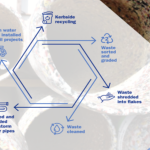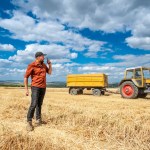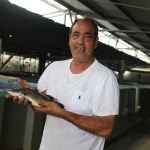The renewable energy hub project by Innovating Energy is possible due to grant assistance under…
Transgrid….the fox in the henhouse
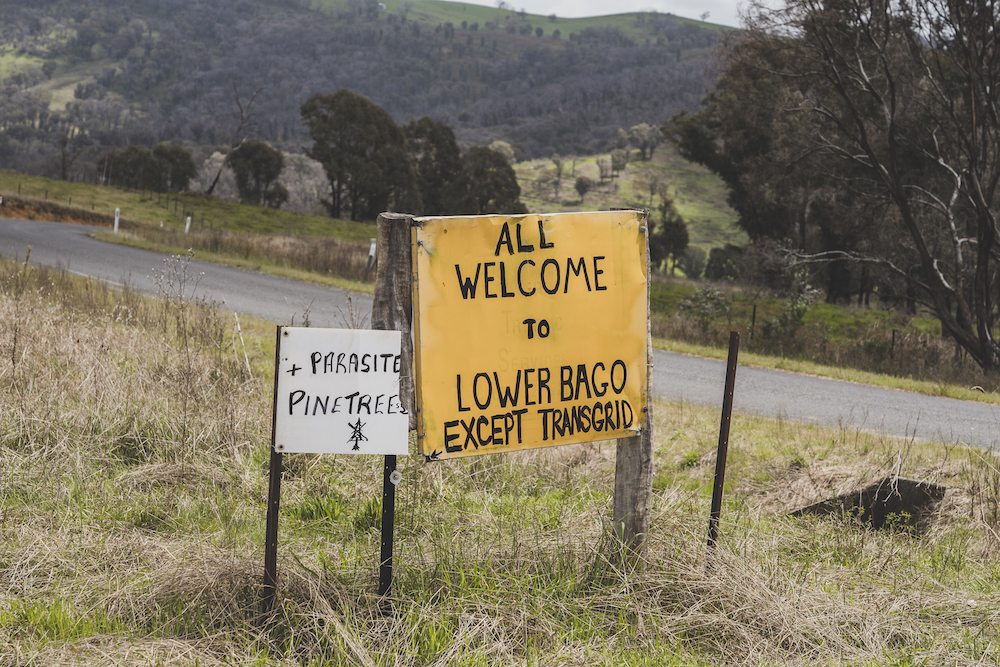
Australia’s proposed journey towards ‘net zero emissions’ by 2050 is gathering pace, with the share of electricity generated from renewable sources jumping from 6 per cent in 2018, to 21 per cent in 2019, to 28 per cent last year. NSW is at the forefront of this move towards renewable energy.
In fact, over the next 15 years, the state is set to retire four of its five coal-fired power plants and replace them with five new Renewable Energy Zones (REZs) hosting wind, solar, pumped hydro and battery storage facilities.
As representatives of a sector highly exposed to climate change, NSW Farmers supports the decarbonisation agenda. So do the majority of farmers – men and women with dirt under their nails who live, breathe and eat by the grace of the land and the produce it bestows upon us.
But there’s a catch: hundreds of kilometres of high transmission power lines suspended by towers taller than the lights at the Sydney Cricket Ground must be built to connect the new REZs to population centres on the eastern seaboard. And Transgrid, the company that owns a 99-year lease over the NSW transmission network, wants to build many of these towers on privately owned farmland that will significantly impact the lands’ accessibility, productivity and resale value.
“This infrastructure is being located … on some of NSW’s most productive agricultural land,” NSW Upper House One Nation representative Rod Roberts said in parliament earlier this year. “Surely there is more marginal country that has less productivity capacity that could house the requirements.”
Transgrid: A done deal
Rod also gave a stinging assessment of Transgrid’s community consultation process. “I have spoken to some of the landowners they’re dealing with and Transgrid hasn’t even stepped on their properties. It is a facade of consultation. They should be paying them more respect instead of sitting in Sydney and doing a desktop study,” he said.
Farmers in the Merriwa Cassilis Plateau in the Upper Hunter Shire know exactly how that feels. Despite being classified as Biophysical Strategic Agricultural Land by the state because of its high levels of productivity, their farms have been targeted by Transgrid to build part of a 180km transmission line superhighway linking the Central-West Orana REZ to the main grid.

“Transgrid proposed a corridor for the transmission lines and said a whole lot of supposed research already took place at that point to come up with the proposal.
But landowners were never given the opportunity to contribute to the decision that determines the proposed corridor – only where within the corridor the towers will actually go.”
NSW Farmers Merriwa branch chair Pat Ryan, a mixed enterprise farmer.
“But landowners were never given the opportunity to contribute to the decision that determines the proposed corridor – only where within the corridor the towers will actually go. Our position is that the corridor is not suitable at all and there are much better options. But it’s a done deal as far as Transgrid is concerned.”
Pat says Transgrid’s planning process is fundamentally flawed as the impact study was done by the same company that has a vested interest in building the infrastructure as cheaply as possible.
“It’s totally self-serving and us farmers are seen as being a path of least resistance. It’s mad – a classic case of the fox in the henhouse. When we first spoke to them, Transgrid admitted they had no understanding of how agriculture would be impacted in our area – that they had no assessment criteria whatsoever. And they still don’t.”
Matt Pearce is a grazier in the Yaven Creek Valley whose property was targeted to host part of a 630km transmission line connecting Australia’s largest renewable energy project Snowy 2.0 to the grid.
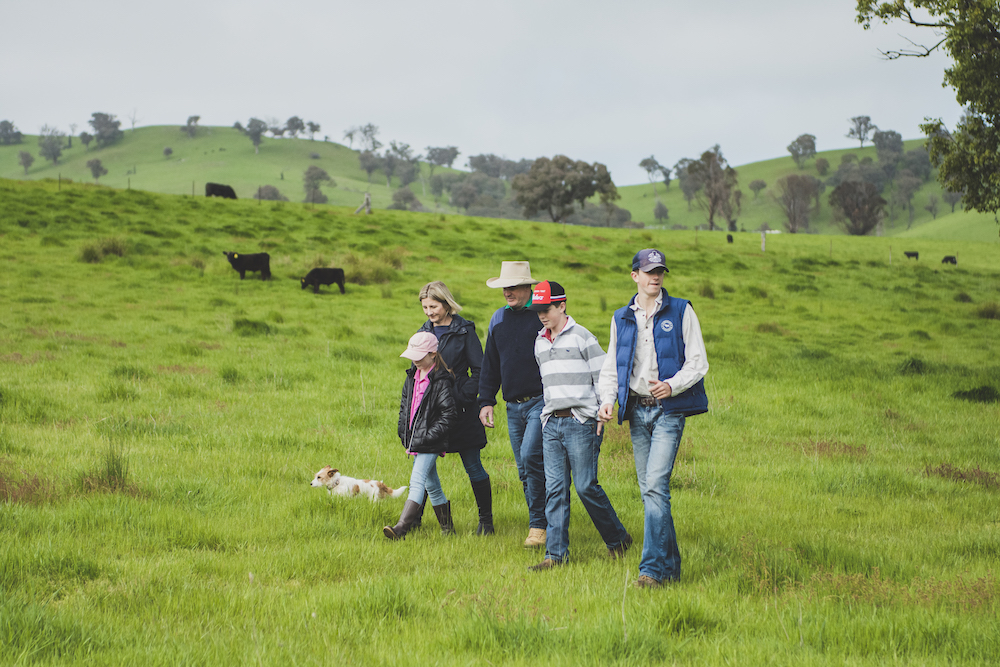
He voices similar sentiments: “I wish Transgrid knew as much about farming as I have learned about transmission lines,” he says. “They have never viewed our farms as a constraint, just as easy targets – open, clear land where it’s easy to build transmission lines.”
Sharing the benefits
Compensation for landowners targeted to host transmission lines is another big sticking point. Transgrid wants to pay them a one-off fee, while the company will continue to make money from the deal for the duration of its 99-year contract.
“We have called for compensation that reflects the perpetuity impacts of transmission line infrastructure.”
NSW Farmers policy advisor for the environment Julia Jelbart.
“Whenever we raise this, we are told it’s not possible because consumers would have to pay more for electricity. What they’re saying is that farmers are to assume the burden of a public good without adequate compensation. With the amount of wealth creation set to be generated through the energy transition we think this excuse isn’t good enough.”
Andrew Dyer, the Australian Energy Infrastructure Commissioner, concurs: “With wind projects, farmers get $25,000 to $30,000 per turbine per year, and that adds capital value if they decide to sell. But if you have transmission lines on your land, you only get a one-off payment that pales in comparison.”
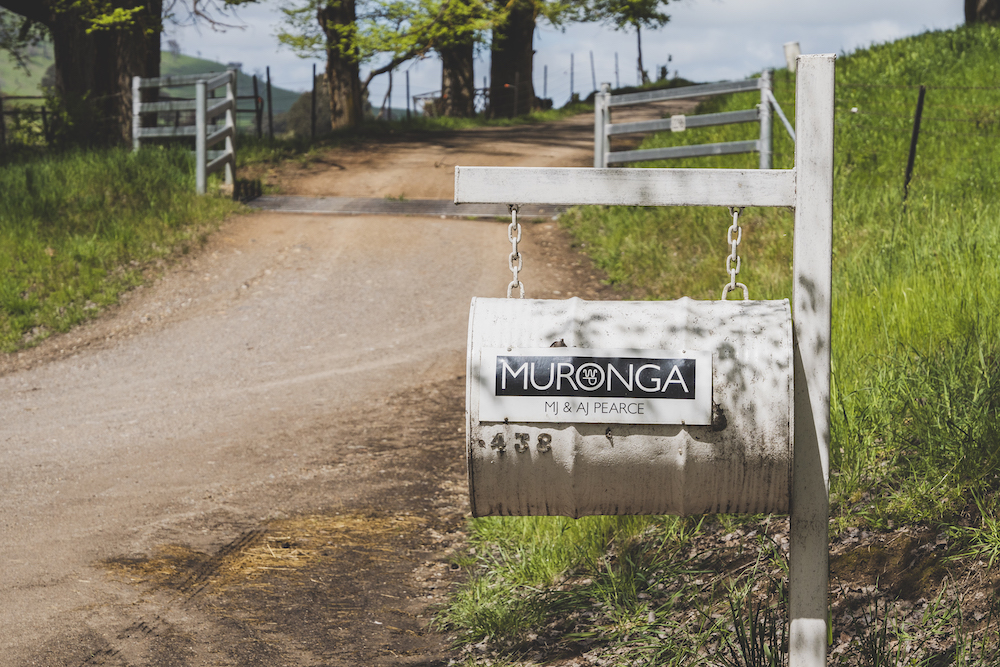
Transgrid refused to directly answer any of the questions about landowners’ concerns for this article. Instead, it referred us to information on the company’s website and old press releases, including one from July in which Transgrid acting CEO Brian Salter acknowledged landowners in some parts of the state “had not been satisfied with the engagement and we take their concerns seriously”.
As a fix, Transgrid engaged former Commissioner for NSW Fair Trading Rod Stowe to carry out an independent review of the company’s engagement plan from a landowner’s perspective.
Rod’s report was stinging. He found Transgrid “lacked the experience and expertise” to be conducting the consultation in some areas; that it had made some landowners feel intimidated; and that the company needed to completely “reset” its community consultation process in order to seriously re-examine all potential routes for transmission lines, including state land. And he made 20 specific recommendations on how to remedy the problems.
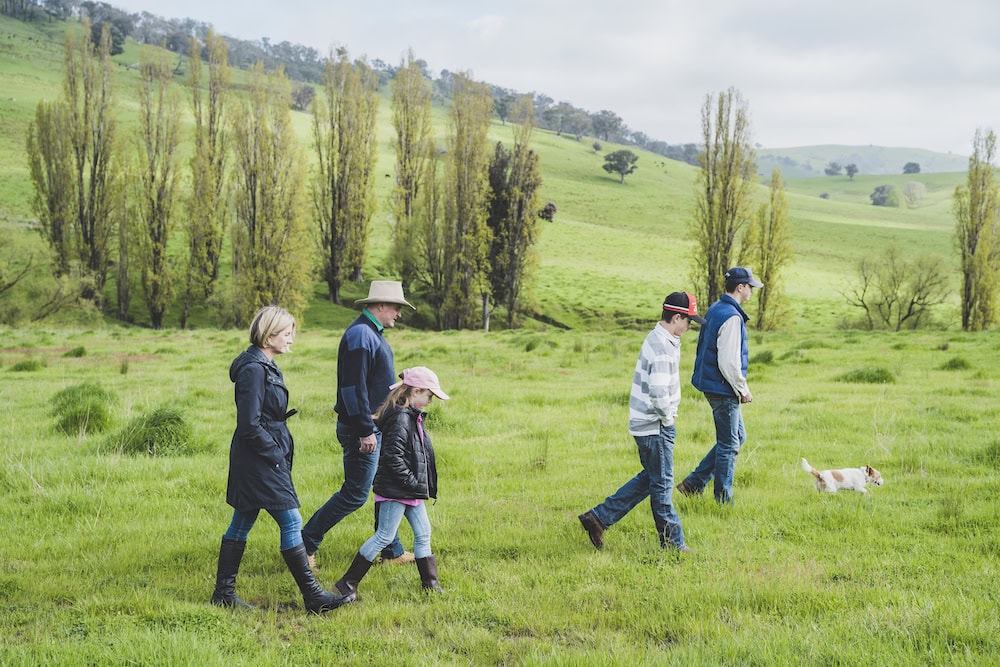
Transgrid promised it would implement all 20 recommendations in Rod’s report, including the establishment of independent community consultative groups – while Rod promised to monitor the company’s progress to keep it in check. But according to landowners on the frontlines, nothing has changed.
“Their data is still inaccurate, the methodology is still done in-house, and they have not drawn a new study corridor. The list goes on and on,” says Heidi Inder, Secretary of the Merriwa-Cassilis Alliance, one of several action groups established to take on Transgrid across the state. “They don’t listen. They don’t respect our feedback. They’ve just continued doing business as usual.
“The kind of cultural change Transgrid is now talking about has to come from the top,” Heidi says.
“They’ve turned down invitations to send executives to our two last meetings. Instead, they send a blinkered project team – people who don’t consider highly productive cropping land to be any kind of constraint for erecting giant transmission lines.”
Heidi Inder, Secretary of the Merriwa-Cassilis Alliance – one of several action groups established to take on Transgrid across the state.
Tip of the iceberg
Back in the Yaven Creek Valley, Matt Pearce also says Transgrid has not changed its spots. “From my discussions with landowners around the state, their initial consultation process appears not to have changed and the problems Rob Stowe identified in his report haven’t been solved,” he says. “But I don’t want to be too disparaging because in our case, we had a positive outcome with Transgrid.”
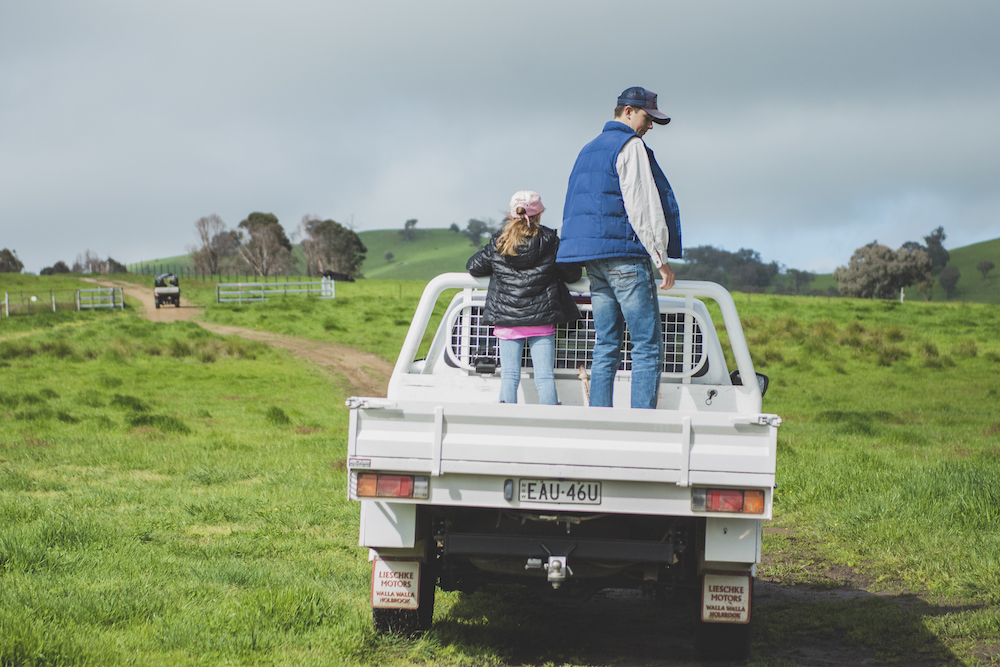
Last April, as Yaven Creek and other nearby communities were starting to recover from the massive Dunns Road fire, Matt and other landowners in the area received letters from Transgrid out of the blue saying the company wanted to build transmission lines on their land.
“We were a wounded community at the time and fighting this was the last thing we wanted to do. But we had no choice,” Matt recalls. “So we got organised and started an action group to raise public awareness of what was going on.”
The Yaven Creek Lower Bago Willigobung Community Committee, as the action group is called, used an argument outlined on Transgrid’s website (“Where possible, we will plan new transmission lines on public land”) to successfully convince the company that a better route for the transmission lines existed in a state forest east of the valley that had been burned to the ground and now offered easy access for building transmission lines. Some farmers in the area are still going to be affected but most of the farmland in the valley was saved.
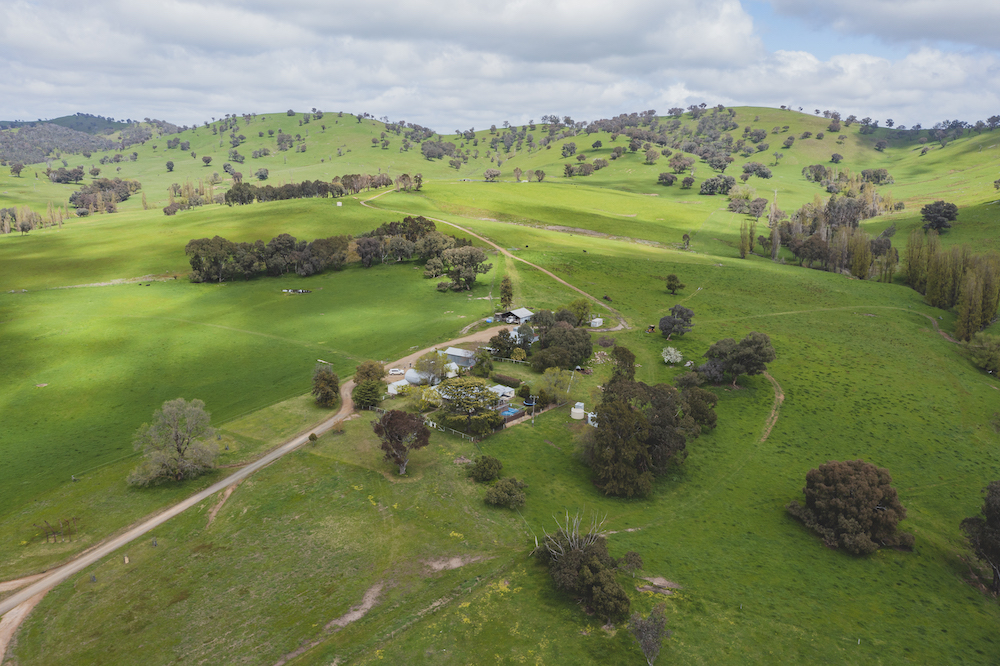
“While Transgrid responded positively, I put it down not so much to the company but a small number of individuals involved in the consultation and the amazing support we got from our local member Dr Joe McGirr and NSW Farmers,” Matt says. “But the whole process highlighted how flawed the system is and how Transgrid considers farmers an easy target. And given what’s about to happen across the state with the REZs, I think what is happening now is just the tip of the iceberg.”
Julia at NSW Farmers says many other farmers share the same fears.
“Ultimately, what NSW Farmers wants is broader than these specific developments. We want good strategic planning that recognises the value of agriculture and protects it for future generations. Planning decisions based on cost alone, are short sighted and will come at the expense of regional NSW.”
NSW Farmers policy advisor for the environment Julia Jelbart.
If you enjoyed this story on Transgrid and renewable energy, you might like our feature on farmers and the future of biomethane.


